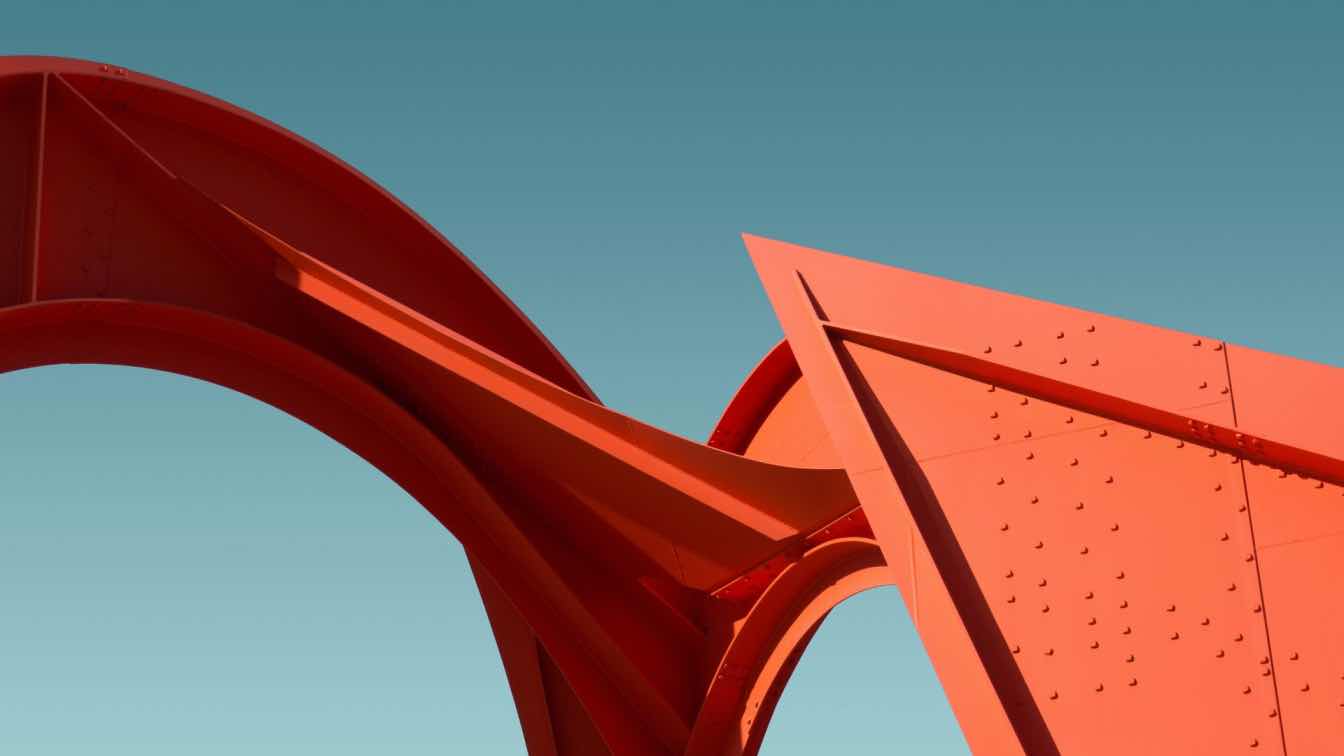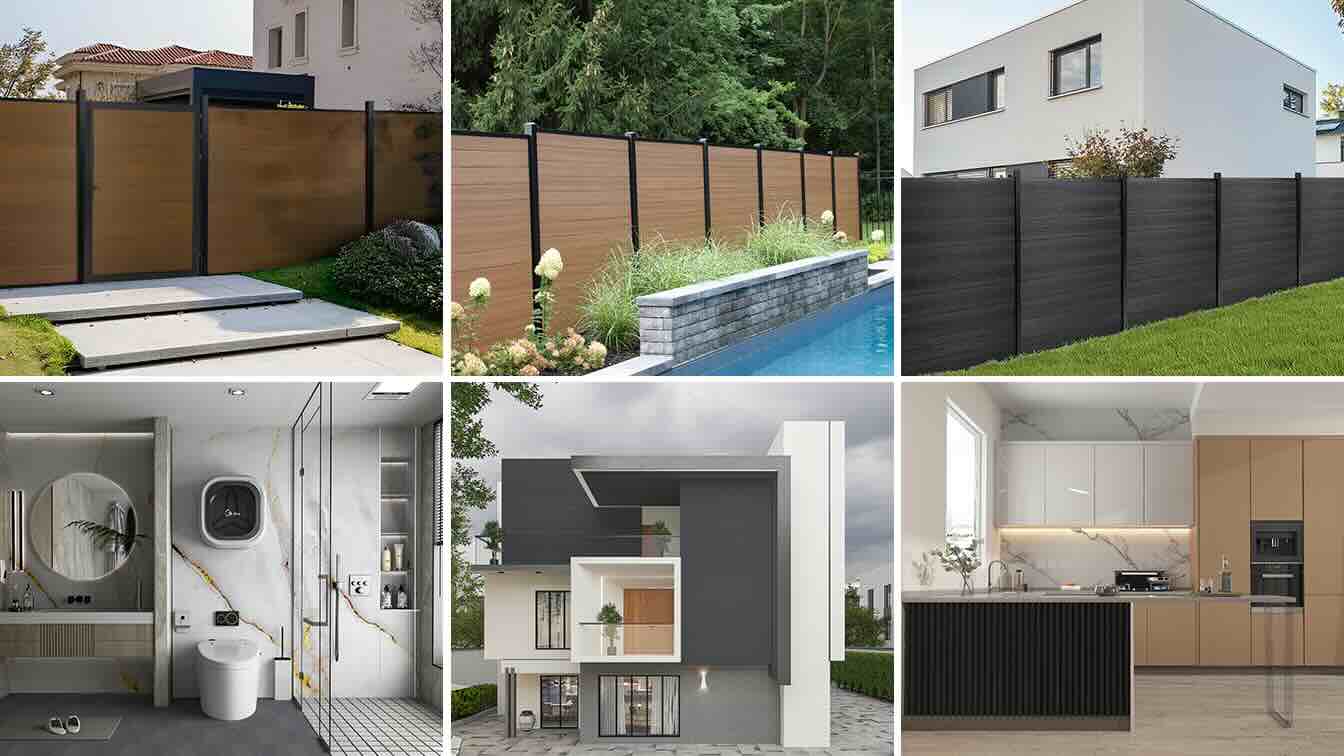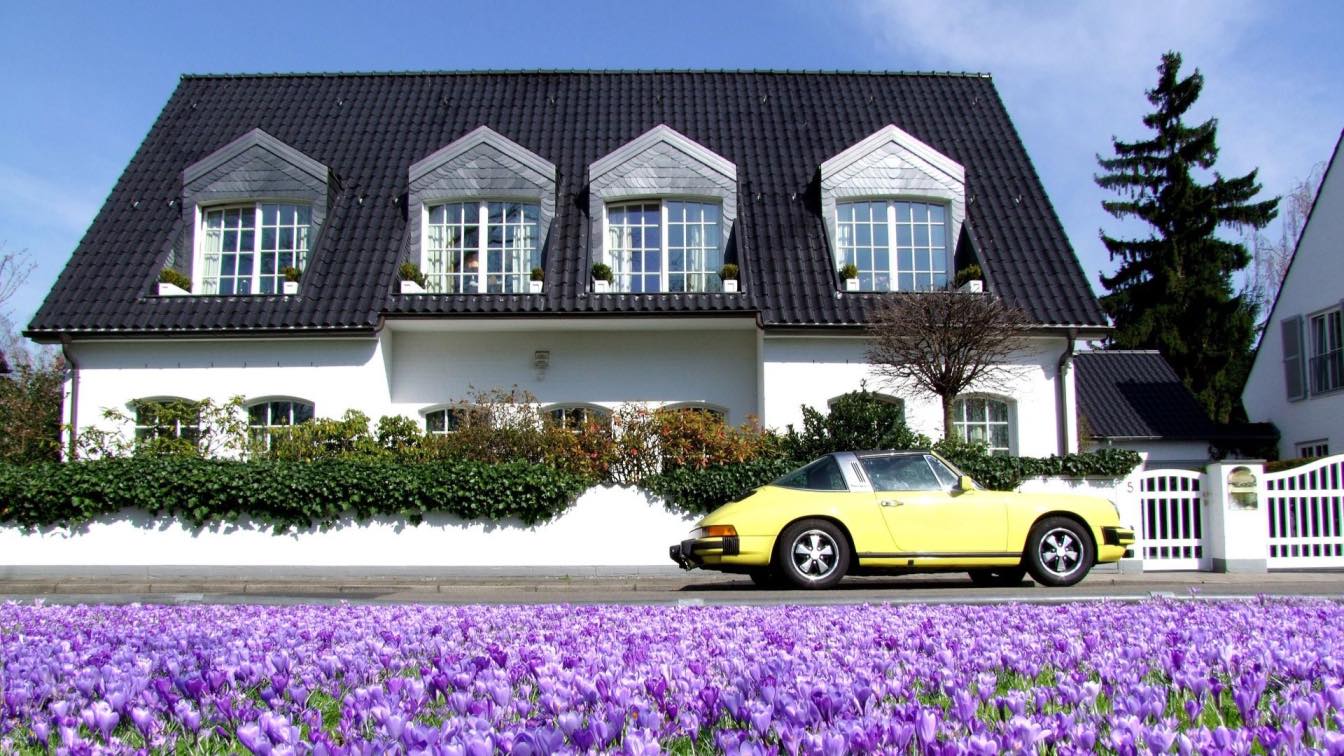As the urban landscape morphs, the bones that hold it upright shift too. Steel has emerged not just as a staple but as a star in the architectural world, transforming how buildings look, feel, and perform. It’s a silent revolution, one that’s less about the material itself and more about how it’s elevating the way we live and work. Steel’s journey from industrial gears to gleaming towers speaks volumes about its role in contemporary design. It’s at the heart of the most audacious structures around the globe, proving that if you can dream it, steel can probably help you build it.
Flexibility Meets Functionality
Steel is a favorite material for innovative architecture because of its malleability. It can be twisted, bent, and stretched into nearly any shape by architects, making it ideal for both intricate geometric constructions and straightforward, sophisticated designs. This adaptability has made it possible to design iconic structures that challenge conventional notions of beauty and use, making them both technical marvels and works of art. Moreover, this flexibility enables architects to address the distinct difficulties presented by various climates and topographies, pushing the boundaries of environmentally responsible design and guaranteeing that buildings not only blend in perfectly with their surroundings but also endure the test of time and the elements.
Sustainability at Its Core
Sustainability is highly valued in today's architectural world, and steel is rising to the challenge. With a recycling rate that outpaces that of many other materials, it is among the most recyclable materials in the world. Steel construction contributes to less waste throughout the building process and provides a route to more environmentally friendly building methods, such as lower carbon footprints and energy-efficient designs. Because steel lasts a long time, structures don't need to be replaced as often, which lessens its impact on the environment and encourages a cycle of reuse and recycling that is good for the environment and business. Additionally, the energy used in the production of steel is continuously decreasing due to technological advancements in manufacturing processes. This improvement not only enhances the environmental profile of steel but also bolsters its reputation as a sustainable choice for the future of construction.
Cutting-Edge Enhancements with Iron Steel
Iron steel, an enhanced form of traditional steel, has revolutionized the durability and strength of modern structures. According to manufacturers, sturdy iron steel integrates small amounts of various elements to significantly increase its resistance to wear and tear. The addition of elements like carbon and silicon, in carefully controlled amounts, ensures that the structural integrity of buildings is maintained over decades, even under harsh environmental conditions. This makes iron steel a top choice for structures requiring longevity and minimal maintenance. Its superior durability also means reduced costs over the lifespan of a building, making it a financially sound investment as well.
Speed of Construction
Steel speeds up project timetables, which is one of its hidden advantages in the building industry. Steel components can be swiftly constructed on-site after being prefabricated off-site, thus reducing the amount of time needed for construction. This benefits clients and construction companies equally because it expedites project completion while lowering labor expenses and on-site accidents. Not only can buildings be constructed more quickly, but they can also be constructed more precisely and of higher quality when parts can be pre-assembled in a controlled industrial setting.
Fire Resistance and Safety
Steel structures are not just about pushing the envelope in design but also enhancing safety. With innovations in fire-resistant coatings and techniques, steel buildings now offer improved safety features. These advancements protect the core of the buildings during a fire, ensuring structural stability and providing critical escape time for occupants. Moreover, steel's ability to withstand high temperatures and maintain its structural integrity under fire conditions is a crucial factor in building design, contributing to overall building safety and enabling more innovative architectural designs that prioritize occupant safety without compromising on aesthetics.
The Aesthetic Versatility of Steel
Beyond its structural benefits, steel's aesthetic versatility offers architects a canvas to explore visually stunning designs. This material's ability to support large, uninterrupted spans allows for more open, airy interiors and dramatic, unobstructed views. The sleek, modern look of exposed steel can also be played up or toned down, depending on the architectural vision, allowing for a range of expressions from industrial chic to refined elegance. As a result, steel is not just a component hidden within the walls; it's also a proud feature of the facade, showcasing the interplay between strength and beauty in modern architecture. Furthermore, its surface can be treated or textured to catch light differently at various times of the day or season, adding a dynamic element to its appearance. This transforms buildings into ever-changing canvases that can evoke different moods and styles, reflecting the environment and the ethos of their locales.
Technological Integration and Smart Buildings
Steel’s compatibility with new technologies further cements its role in future constructions. Smart buildings integrate systems for energy management, security, and HVAC that rely on the structural capabilities of steel. This compatibility allows for innovations like sensor-embedded steel beams, which monitor building health in real time and predict maintenance needs. As the push towards smart cities intensifies, steel stands out as a key enabler of buildings that not only house occupants but actively manage their environment and usage to optimize energy consumption and enhance living conditions.
The Takeaway
The story of steel in architecture is far from just a technical narrative; it's a dynamic, ongoing saga of innovation and imagination. As this material continues to shape the skylines, it does more than just provide support—it inspires architects to challenge the conventional limits of creativity and sustainability. The advancements in steel technology not only promise a future of sturdier, safer buildings but also hint at new possibilities for aesthetic expression. Steel's evolution is reshaping our cities and, by extension, the way we interact with the spaces around us, making it a central character in the story of modern architecture.







